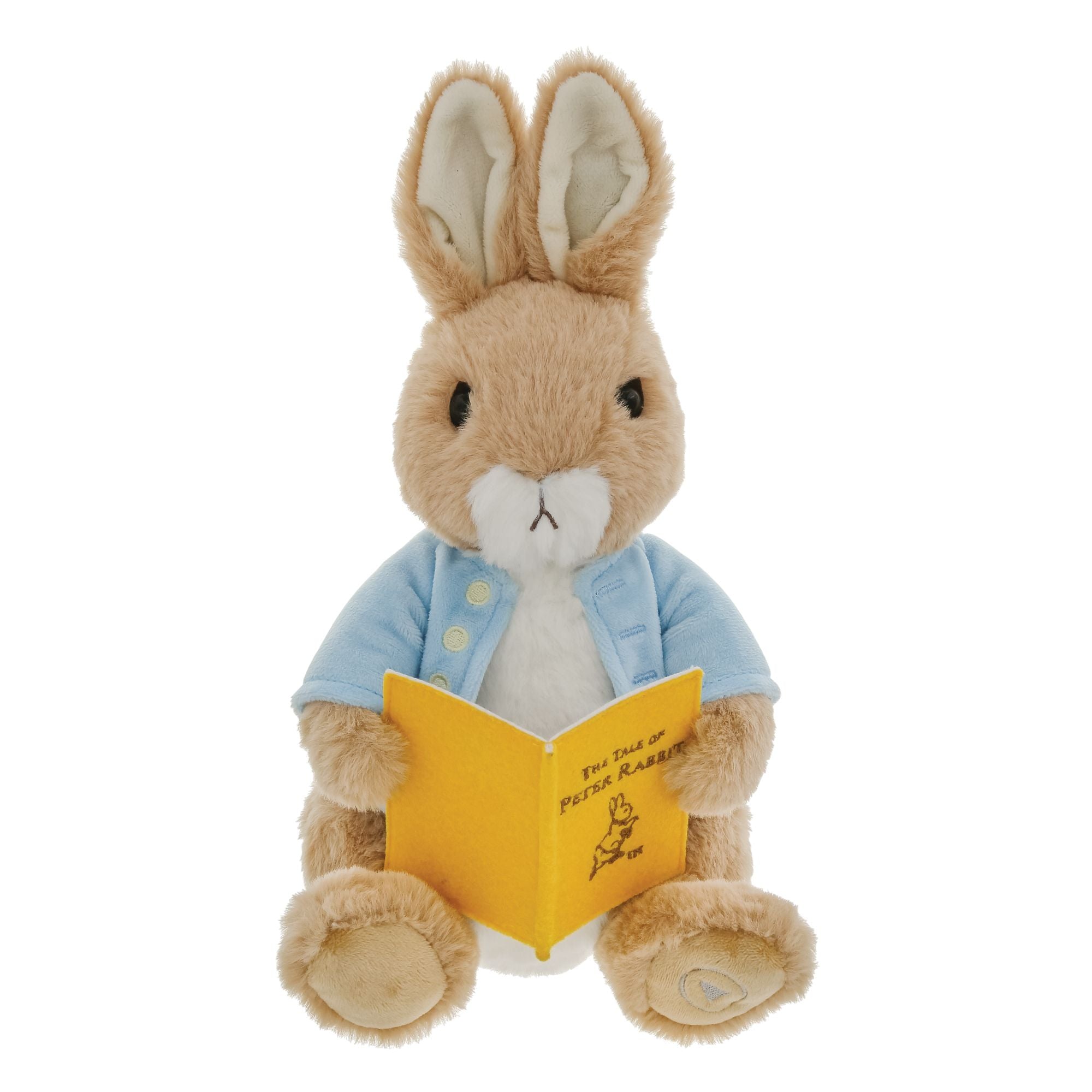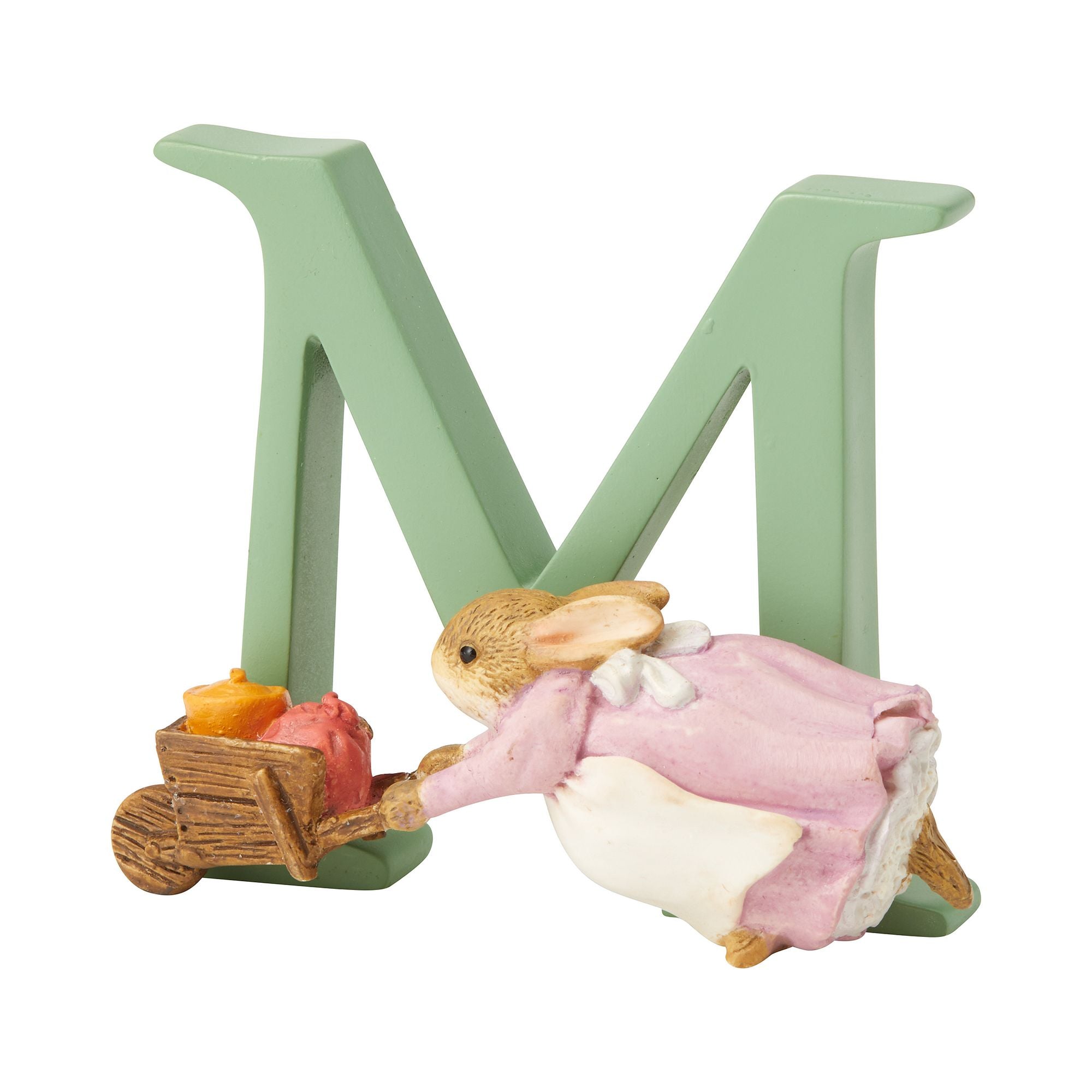Why is Peter Rabbit So Popular?
Peter Rabbit is Beatrix Potter’s cheekiest creation and, more than 100 years since he first appeared on the page, he continues to be one of children’s literature’s most popular and enduring characters. Most children receive a Beatrix Potter gift in their early years, and know the tale of the mischievous bunny and his adventures with his friends. But why is Peter Rabbit such a popular character? And why do children and adults alike continue to be so fascinated by him? Here are five top reasons for the blue jacketed bunny’s success:
Peter Rabbit is Everywhere
Though he started life as a character in a storybook, you can now find Peter Rabbit almost anywhere. He’s on the bookshelf in your local library, his image appears on a huge range of Beatrix Potter gifts, he’s on your TV screen and even on the big screen at the cinema.
The more children are exposed to a character, the greater their interest in him will be. By seeing him in a wide variety of different places, Peter will quickly become an integral part of their childhood, and one that they will remember fondly when they grow to be adults. Let’s face it, there’s nothing cuter and more attractive to a small child than a rabbit, especially one that can talk and tell you tales of his great adventures.
Peter Rabbit is Curious
Peter Rabbit helps children to develop a natural curiosity about the world around them. Peter never takes no for an answer, and always wants to know what is around the next corner. He is never content to stay in the comfort (and safety) of his own garden, and would rather sacrifice this to discover something new. This kind of natural curiosity is common in small children who spend every day learning new things about the world, and Peter Rabbit provides an excellent role model showcasing the importance of curiosity and of exploring the world around you.
Peter Rabbit Plays Outdoors
Outdoor play is essential for children. Not only does it help them to build their strength, coordination and flexibility, it is also important for their mental development. Children learn through play and, just like Peter and his friends, they can gain confidence in their abilities by playing and learning in the outside world. When children play outside without any parental support they learn to be self-reliant; they explore what their own boundaries are, they experiment with safety and they learn when it’s time to stop. By allowing children to figure things out for themselves in this way, we are allowing them to learn incredibly valuable life skills.
We live in an increasingly technological age where children play outside less and less. But the call of the natural world around us is strong in kids and, having a role model who lives and learns all of his important lessons in his own backyard is as important for children now as it has always been.
Peter Rabbit Bridges Generations
There are very few children’s characters that children, their parents and their grandparents will all have read and enjoyed, but Peter Rabbit is one of them. Because Beatrix Potter’s stories have been in publication for such a long time, they bridge generations and provide a focal point of shared knowledge and interest that it incredibly valuable for cross-generational sharing and bonding. There is nothing more heart-warming than watching a grandparent read Peter Rabbit to their grandchild, knowing that their parents and grandparents likely read the same stories to them. In fact, many of the stories and toys have been passed down from generation to generation. Very few other children’s characters are able to bridge generations in this way, which makes Peter Rabbit even more special to some families.
Peter Rabbit Has Freedom
Finally, we mustn’t underestimate the appeal of having the freedom to do whatever you please. Although Peter’s mother warns him not to going into Mr McGregor’s garden (unless he wants to be turned into a pie like his father) he ignores he request and goes on the hunt for lettuces, radishes, and all of his other favourite foods. Peter Rabbit has the freedom to follow his dreams, to explore the world around him, and to go on great adventures. Although the world he explores may only consist of a garden or two, don’t we all wish we could have that kind of freedom?





